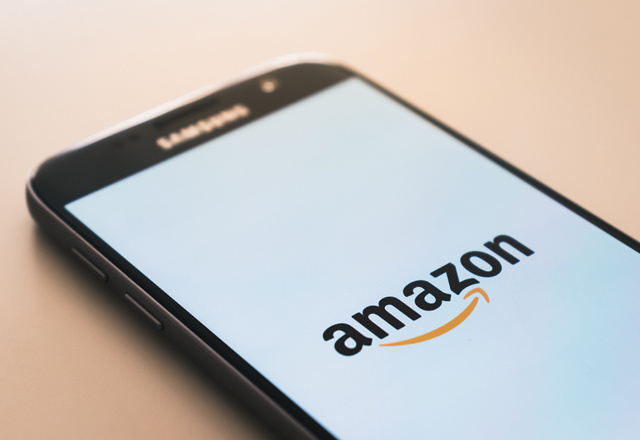
2 years later, Amazon’s retail experiment is still unmatched

Much has been written about the importance of providing customers a "frictionless" retail experience.
Providing wireless devices to associates has helped with "line busting," and advances in business analytics and operational intelligence have helped retailers predict sales trends more accurately.
But even the smoothest, most personalized experience still requires customers to slow down and pay at registers.
Except at Amazon Go.
The brick & mortar experiment
When Amazon opened its first brick and mortar store in Seattle in January 2017, retailers were skeptical the online behemoth could master the nuances of being a neighborhood shop.
Turns out, Amazon created a unique experience.
Rather than try to duplicate what was already entrenched in the neighborhood, it used what it already knew about shoppers — primarily, that they valued convenience and speed when shopping — and parlayed it into a successful, small grocery.
Amazon Go is equipped with technology that lets shoppers make purchases without visiting cashiers or using self-checkout stations.
Shoppers download the Amazon Go app, enter their credentials and receive a QR code, which offers access to the store.
Customers take their selections off the shelves and simply walk through the turnstile, products in-hand.
A few minutes after leaving the store, shoppers receive a notification from the app with their receipts.
An irreplicable experience?
Similar trials by retailers at self-service technology, however, have proven unsuccessful.
Among those issues:
Shrinkage: A study of 1 million transactions in the United Kingdom found losses incurred through self-service technology payment systems totaled 3.97 percent of stock, compared with just 1.47 percent traditionally.
Bugs: Not every item scans properly, causing delays and frustration.
Exceptions: Some items need a valid ID to purchase, which requires a cashier's intervention.
Faced with those types of challenges, it's no wonder that retailers are skeptical about implementing "Amazonian" shop-and-go strategies.
Some have removed self-service option altogether, eliminating the headache of shrinkage and hardware problems.
But some research suggests that offering multiple options for check out is really what customers want.
Amazon currently has locations in Seattle and Chicago with plans to expand in New York and San Francisco.
The company has leveraged technology to make these shoppers' lives easier.
It has taken away a good deal of friction for customers, while providing itself with reams of relevant data about its shoppers.



